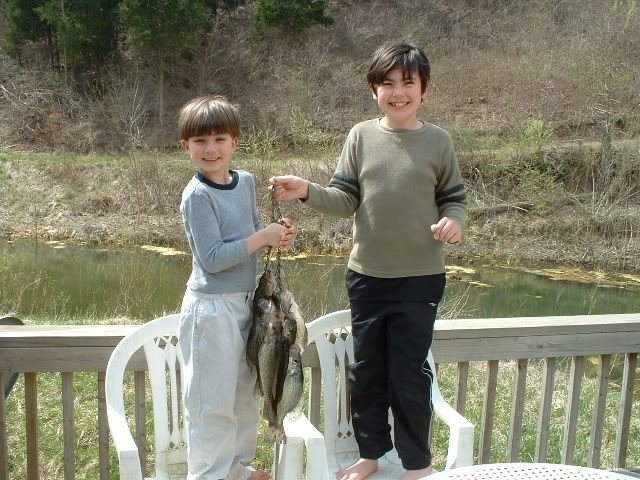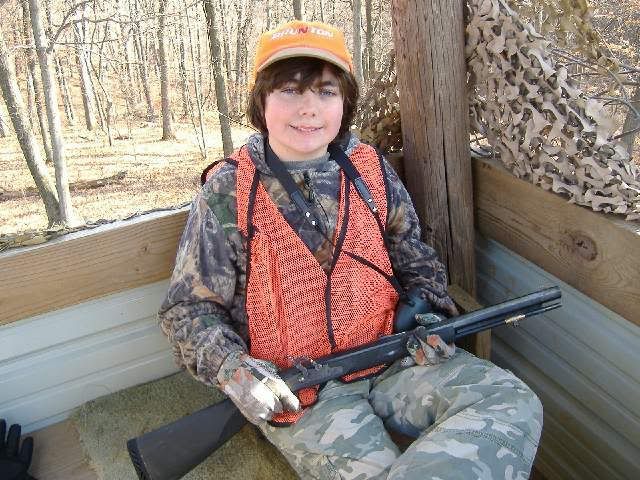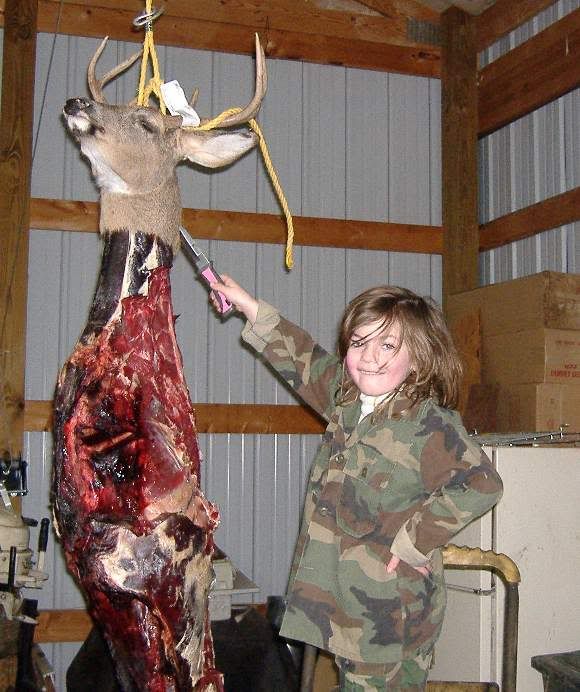Went snorkeling with the two dudes in Crystal River Florida for Manatees - They can weigh over a 1,000 pounds, kind of unreal being in the water with two kids that would not break a 100 pounds each and getting to within 20 feet of these gentle giants.
With a face only its mother could love, a body able to discourage any predators just because of its large size and the knack for gaining popularity even as its population decreases, the Florida manatee has become an icon of Florida wildlife.
In January 2000, the Florida Fish and Wildlife Conservation Commission (FWC) counted only a little more than 2,200 manatees surviving. In 1999, the all-time high death toll was 268, and within the first three months of this year, 100 had already died. The Florida manatee is on the brink of extinction.
Florida has passed many laws to protect manatees - beginning in 1893. Since 1907, a $500 fine has been imposed on anyone who harms or kills a manatee. The manatee itself was listed as an endangered species in 1967, and protected under the Marine Mammal Protection Act of 1972 and by the Convention on International Trade in Endangered Species of Wild Fauna and Flora (CITES) treaty in 1973. The State of Florida was designated a refuge and sanctuary of manatees by the Florida Manatee Sanctuary Act in 1978, yet many years later, the manatee still faces the risk of being wiped off the face of the earth. A good look at the manatee's characteristics, behavior and habitat reveals why.
Non-Aggressive and Slow-Moving Creatures
The Florida manatee (Trichechus manatus latirostrus) is a subspecies of the West Indian Manatee - part of the sirenian order of mammals that includes manatees and dugongs around the world. Closely related to the elephant, the manatee is Florida’s state marine mammal. "Gentle giants," as they are called, manatees are herbivorous, feasting daily on vegetation up to as much as 15% of their body weight, which includes very little fat. Averaging 10 feet long and 1,000 lbs., an adult manatee spends 6 to 8 hours eating, and the rest of the day resting or traveling.
Manatees are grayish brown in color, oftentimes influenced by the growth of algae on their thick and wrinkled skin. Their bodies resemble the seal's, and their whiskered snouts look like the walrus' without tusks. Forelimb flippers act like arms that allow them to maneuver, to "walk" in shallow water and to bring food to their flexible, grasping lips, while a powerful, flat tail propels their massive bodies across the water.
Able to hold their breath for up to 15 minutes while resting, manatees have huge lungs that exchange 98% of their contents in one breath. Their nostrils, located on top of their faces for easy breathing, have tight-fitting flaps that keep the water out when they're submerged. Gushes of strong exhalation at the water surface reveal the manatees' presence.
Manatees move slowly, and they are also slow to reproduce. Females mature in 5 to 9 years and give birth to one calf every 2 to 5 years. Young manatees nurse underwater, on teats under the mother's flippers. They alongside the mother for about 2 years, learning travel routes and survival skills.




























